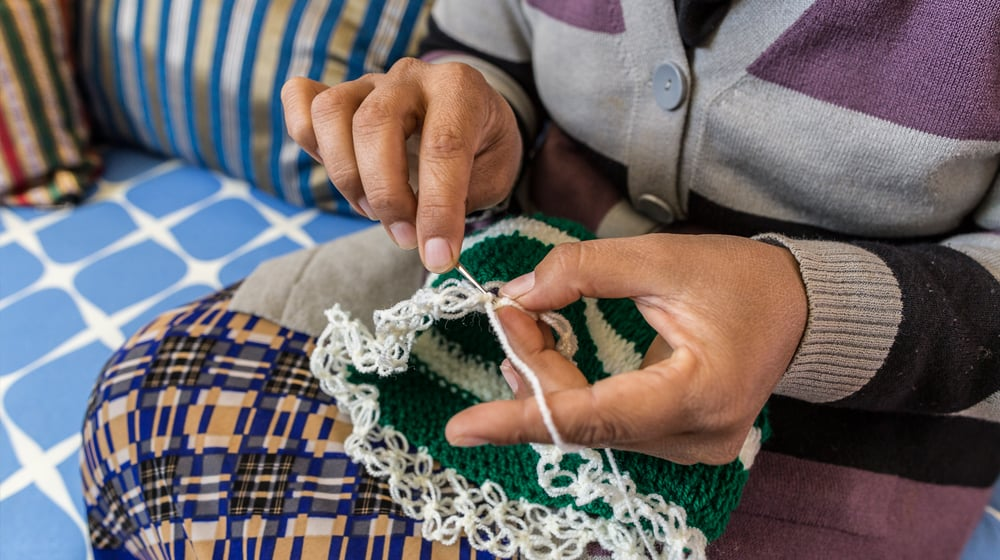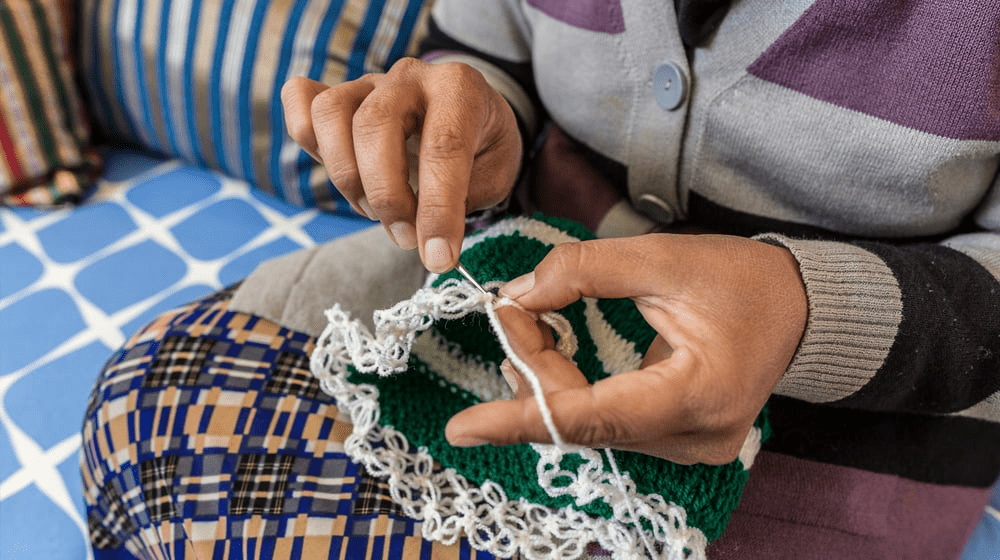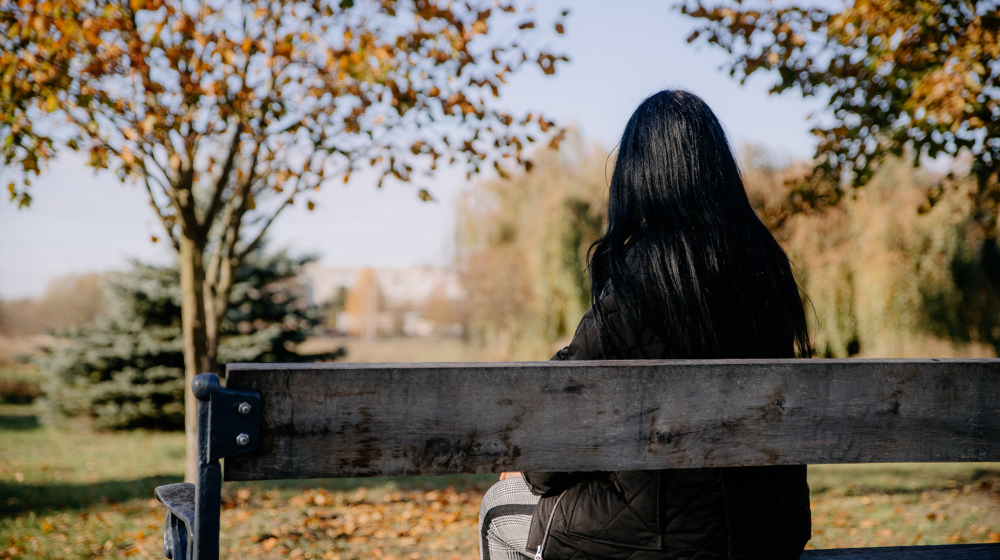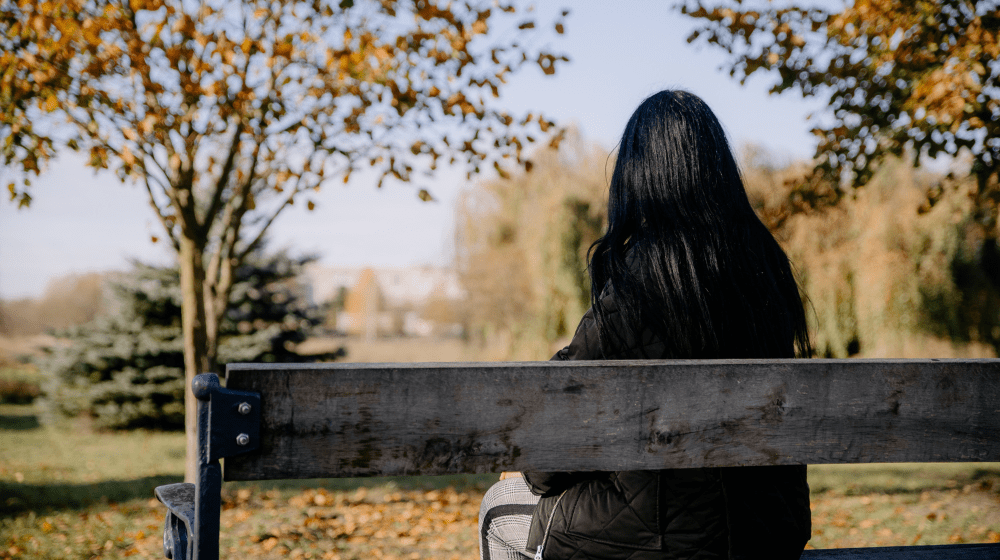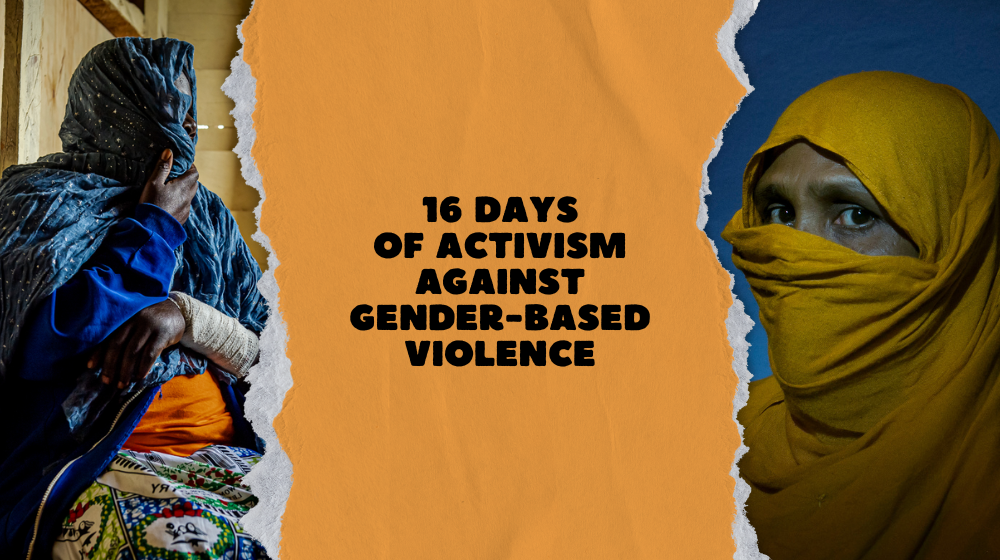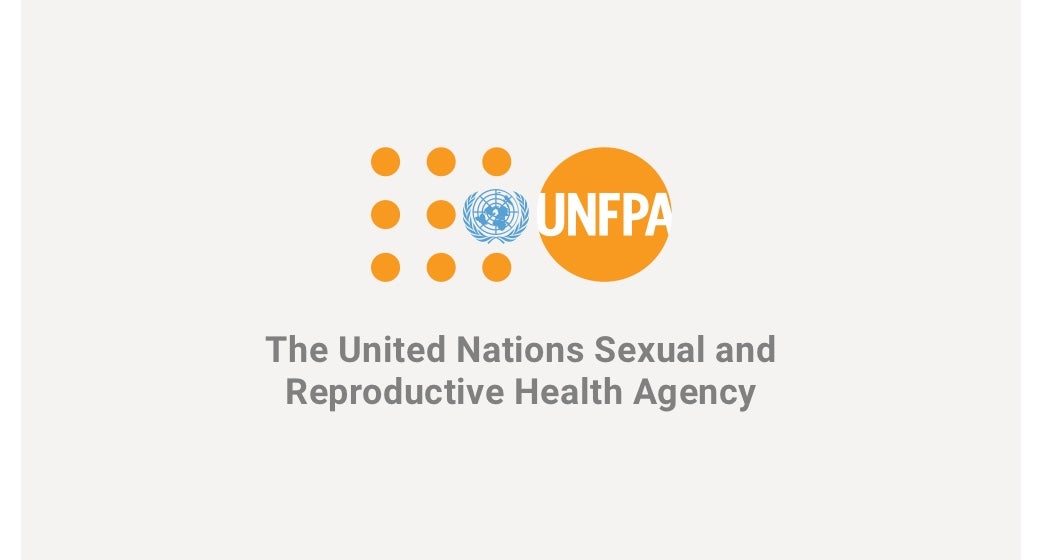Uprooted: Resilience in crisis
Forced to flee
Around the world, a record number of people have been forcibly displaced from their homes due to conflict, climate catastrophe, disasters and economic crisis. For the tens of millions of women and girls among them, the threat of abuse surges. Uprooted as they are, they risk falling prey to trafficking, sexual violence and harmful practices like child marriage.
Hear their stories
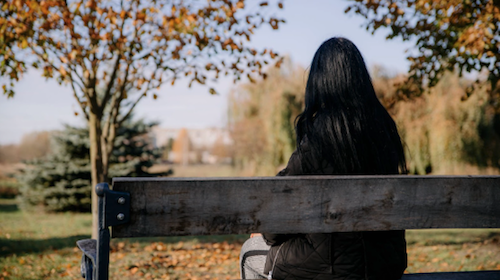
Aisha* was 17 years old when she found herself alone, in the middle of war.
She had been living with her mother in Sudan’s capital city of Khartoum, but when her mother died of kidney failure in the spring of 2023, the teenager was left on her own.
Devastatingly, fighters in her area took notice. “Two armed men entered my room. One of them pressed his gun against my head while the other began taking off my clothes.”
On this year’s 16 Days of Activism Against Gender-Based Violence, UNFPA is drawing attention to the heightened risks of abuse faced by women and girls uprooted from their homes. Here, three displaced survivors of gender-based violence in conflict zones share their deeply personal journeys.


